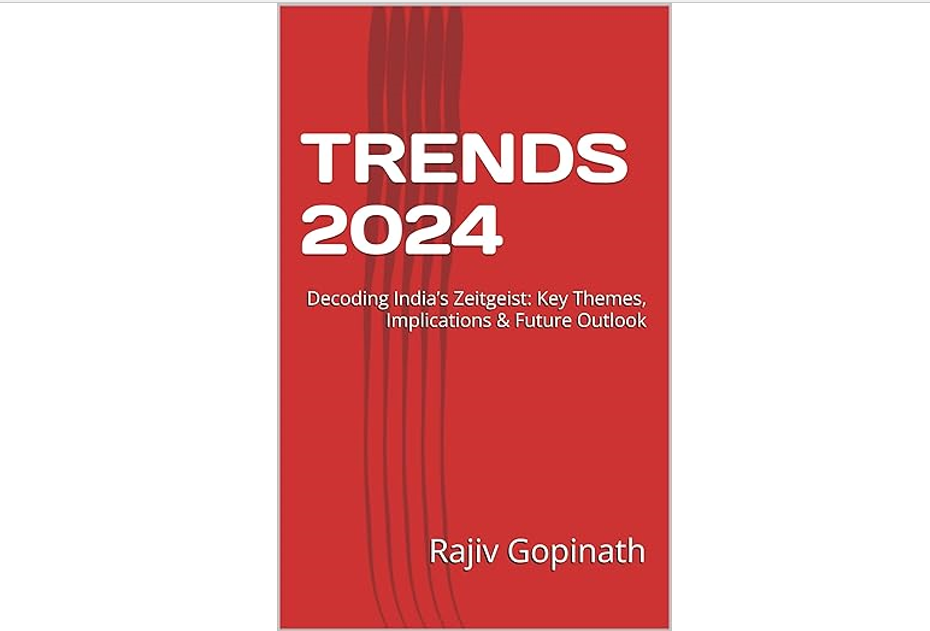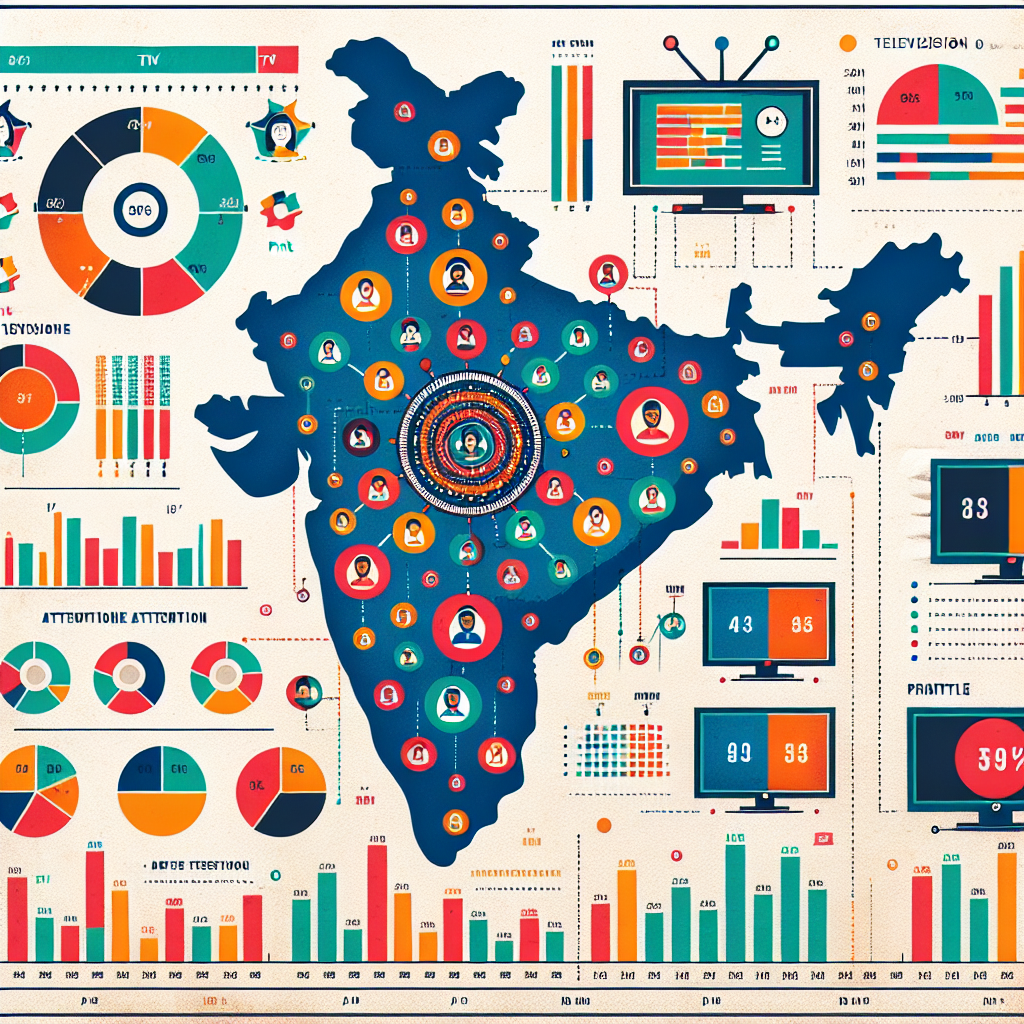Why Privacy First Personalization is the Future of Digital Engagement
The irony wasn't lost on Jesse as he sat reviewing a scathing customer complaint about their "creepy" retargeting ads following them across the internet. Just hours earlier, he had been celebrating the marketing team's sophisticated cross-device tracking capabilities. That moment sparked a profound realization: their pursuit of personalization was actually damaging consumer trust. In the days that followed, Jesse dove into research on privacy-respecting approaches to personalization, eventually leading the company through a complete transformation of their customer engagement strategy. What began as a crisis response evolved into a competitive advantage—they discovered that respecting privacy boundaries didn't diminish personalization effectiveness; it enhanced it by building authentic connections with consumers who felt respected rather than surveilled.
Introduction: The Personalization Paradox
Digital marketing stands at a pivotal crossroads where two seemingly contradictory forces converge: consumers' growing demand for personalized experiences and their intensifying concern for privacy. This tension creates what industry experts call the "personalization paradox"—the challenge of delivering tailored experiences without invading personal boundaries.
The statistics tell a compelling story: according to Accenture, 91% of consumers are more likely to shop with brands that provide relevant offers and recommendations, yet Pew Research reveals 79% of Americans are concerned about how companies use their data. This dichotomy is reshaping the digital engagement landscape, forcing brands to reimagine personalization through a privacy-first lens.
As regulatory frameworks like GDPR and CCPA establish new boundaries, and tech giants implement stricter data controls, traditional personalization approaches face extinction. Yet amid this disruption lies unprecedented opportunity. Deloitte research indicates that companies implementing privacy-first personalization strategies achieve 30% higher customer lifetime value and 23% lower acquisition costs than competitors relying on invasive tracking methods.
This article explores why privacy-first personalization isn't just a compliance necessity but a strategic imperative driving the future of meaningful digital engagement.
1. The Evolution From Invasive to Invited Personalization
Traditional personalization evolved from basic demographic segmentation to increasingly sophisticated tracking mechanisms designed to capture ever-more granular behavioral signals—often without explicit consumer awareness. This approach is rapidly becoming both technically unfeasible and strategically unwise.
The evolution toward privacy-first personalization represents a fundamental shift in how brands conceptualize their relationship with consumer data:
- From Implicit to Explicit: Moving from inferred or covertly collected data to explicitly shared preferences
- From Persistent to Contextual: Shifting from indefinite data retention to contextual, time-bound personalization
- From Opaque to Transparent: Transitioning from hidden tracking to clear value exchanges
This evolution manifests in concrete strategic approaches. Clothing retailer Everlane has pioneered what they call "radical transparency," sharing not just their supply chain details but also being explicitly clear about what customer data they collect and how it's used. According to their internal metrics, this approach has yielded 45% higher engagement rates among privacy-conscious millennials and Gen Z consumers.
Professor Glen Urban of MIT's Sloan School of Management frames this shift through his concept of "permission marketing 2.0," noting that "in a privacy-first environment, brands must earn the right to personalize through demonstrated value and trust building, rather than assuming data access as their default right."
2. The Technology Architecture of Privacy-First Personalization
Implementing privacy-first personalization requires rethinking the technological infrastructure that powers customer experiences. Several key technologies are enabling this transition:
a) Edge Computing and On-Device Processing
By processing data on users' devices rather than transmitting it to central servers, brands can deliver personalized experiences without compromising privacy. Apple's App Tracking Transparency framework exemplifies this approach, allowing personalization within strict privacy boundaries.
Streaming platform Spotify has implemented edge computing for its discovery algorithm, generating recommendations based on listening patterns without transmitting all user behavior to central databases. This approach has reduced their data storage requirements by 40% while maintaining 97% recommendation relevance.
b) Federated Learning and Differential Privacy
Google's pioneering work in federated learning enables AI models to improve through decentralized training across many devices without pooling private data. This approach allows brands to refine personalization algorithms without compromising individual privacy.
c) Privacy-Preserving Analytics
Emerging technologies like secure multi-party computation allow brands to gain aggregate insights from user data without accessing individual records. Pinterest has implemented these techniques to maintain personalization effectiveness while reducing identifiable data collection by 35%.
As data scientist Andrew Ng notes, "The future of AI is not about who has the most data, but who can build the best systems that learn from minimal data while respecting privacy."
3. Designing Consensual Personalization Experiences
Beyond technology, privacy-first personalization requires reconceptualizing experience design around consent and control. Leading organizations are implementing several key approaches:
a) Progressive Disclosure and Contextual Relevance
Rather than requesting broad data access upfront, brands are adopting "progressive disclosure" models where personalization deepens as the relationship develops. Beauty retailer Sephora employs this strategy through their Beauty Insider program, gradually collecting preference data through purchase behavior, product reviews, and explicit quiz responses. This approach has contributed to their industry-leading 80% loyalty program retention rate.
b) Meaningful Control Interfaces
Advanced privacy-first brands provide intuitive interfaces for managing personalization preferences. Streaming service Netflix not only offers content recommendations but provides clear explanations of why items are recommended and allows users to remove viewing history items from their preference algorithms, giving consumers meaningful control over their experience.
c) Value-Based Transparency
Leading practitioners explicitly communicate the benefits of data sharing. Outdoor retailer REI clearly articulates how sharing activity preferences improves product recommendations, resulting in a 28% higher opt-in rate for their personalization features compared to industry averages.
4. The Business Case for Privacy-First Personalization
The transition to privacy-first personalization isn't just about compliance—it delivers compelling business outcomes. McKinsey research indicates that companies implementing privacy-first personalization achieve:
- 20% higher customer satisfaction scores
- 15% reduction in marketing cost due to higher efficiency
- 30% decrease in regulatory risk exposure
Financial services firm USAA demonstrates this business case convincingly. By implementing a member-centered personalization approach that emphasizes consent and transparency, they've achieved a remarkable 98% retention rate while maintaining the highest privacy trust ratings in their industry.
Harvard Business School professor Sunil Gupta argues that privacy-first personalization represents "a strategic realignment of customer relationships from exploitation to partnership," noting that "firms that view privacy as an opportunity rather than an obstacle gain sustainable competitive advantage."
Conclusion: Trust as the Ultimate Personalization Currency
As we enter a new era of digital engagement, the brands that thrive will be those that recognize privacy not as a constraint on personalization but as its foundation. When consumers trust that their boundaries will be respected, they become more willing to share information that enables truly meaningful personalization.
This paradigm shift requires more than technical compliance—it demands a fundamental reorientation around consumer agency and trust. The most sophisticated targeting algorithm cannot compete with the power of a consumer who actively chooses to engage with your brand because they feel respected.
The future belongs to organizations that master the art of privacy-first personalization—creating experiences that are simultaneously more human, more respectful, and ultimately more effective.
Call to Action
For marketing leaders navigating this transformative shift:
- Audit your current personalization practices through a privacy lens, identifying areas where you deliver value versus where you may cross comfort boundaries
- Invest in privacy-enhancing technologies that enable personalization without compromising trust
- Redesign your preference centers to provide meaningful transparency and control, not just legal compliance
- Measure and optimize for trust metrics alongside traditional conversion and engagement KPIs
In tomorrow's digital landscape, your ability to earn and maintain trust will become your most valuable competitive advantage. The time to build that foundation is now.
Featured Blogs

TRENDS 2024: Decoding India’s Zeitgeist: Key Themes, Implications & Future Outlook

How to better quantify attention in TV and Print in India

AI in media agencies: Transforming data into actionable insights for strategic growth

How the Attention Recession Is Changing Marketing

The New Luxury Why Consumers Now Value Scarcity Over Status

The Psychology Behind Buy Now Pay later

The Rise of Dark Social and Its Impact on Marketing Measurement

The Role of Dark Patterns in Digital Marketing and Ethical Concerns








